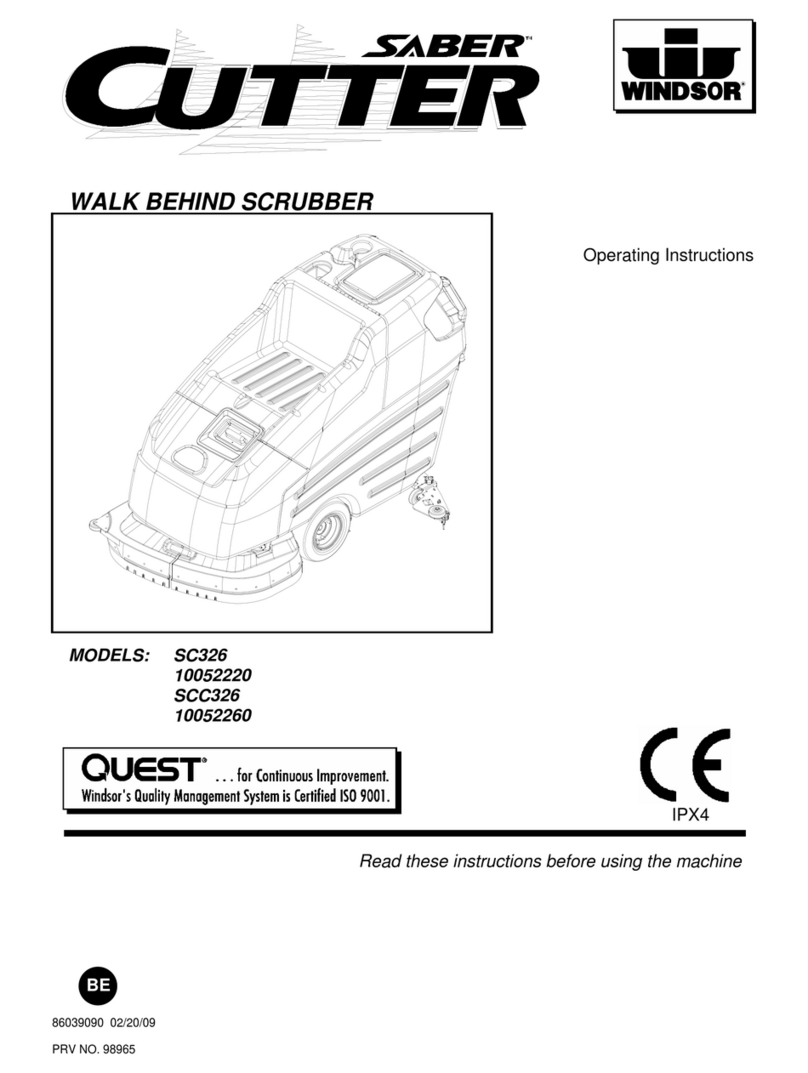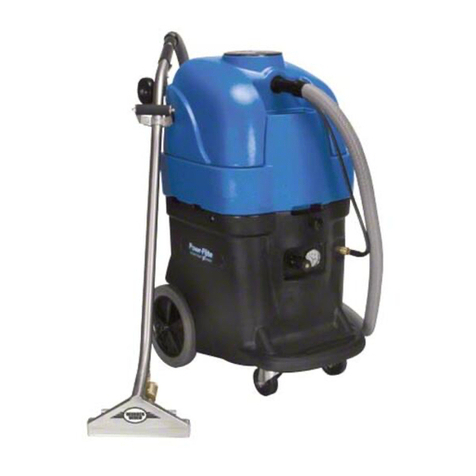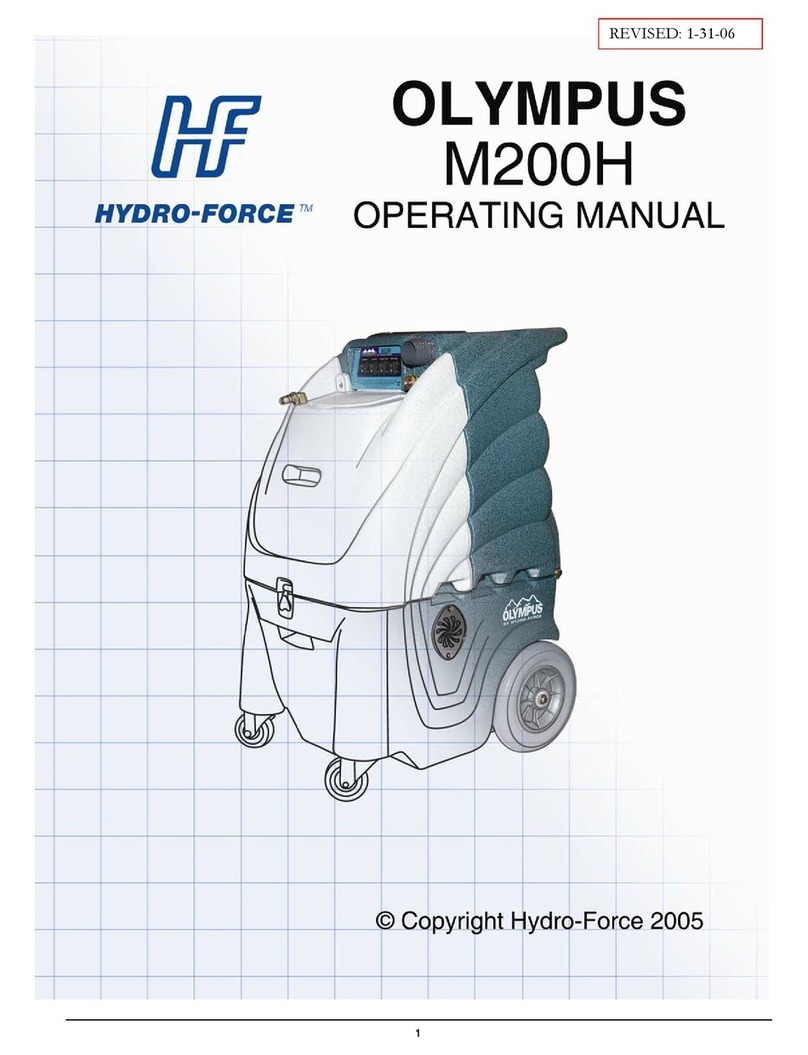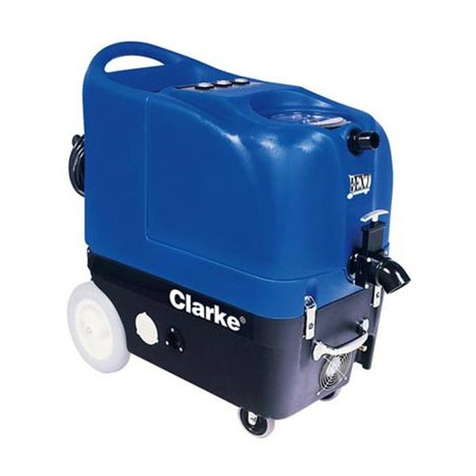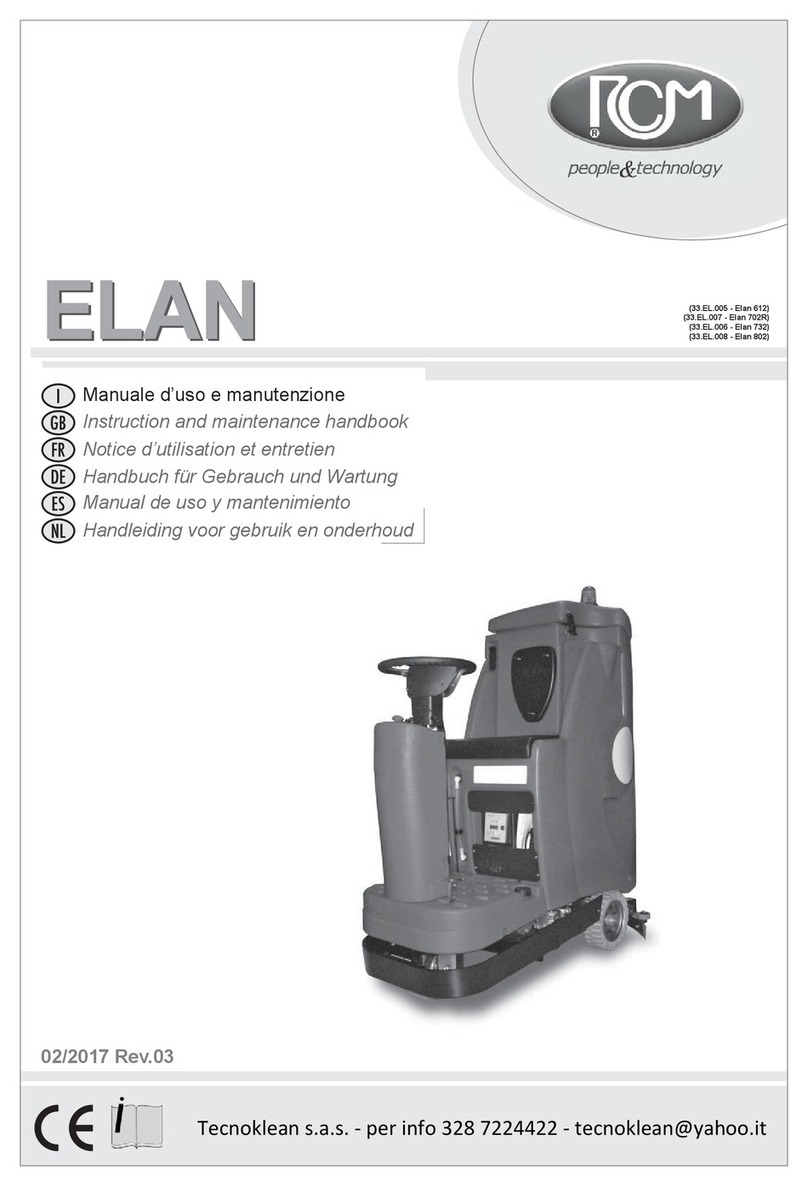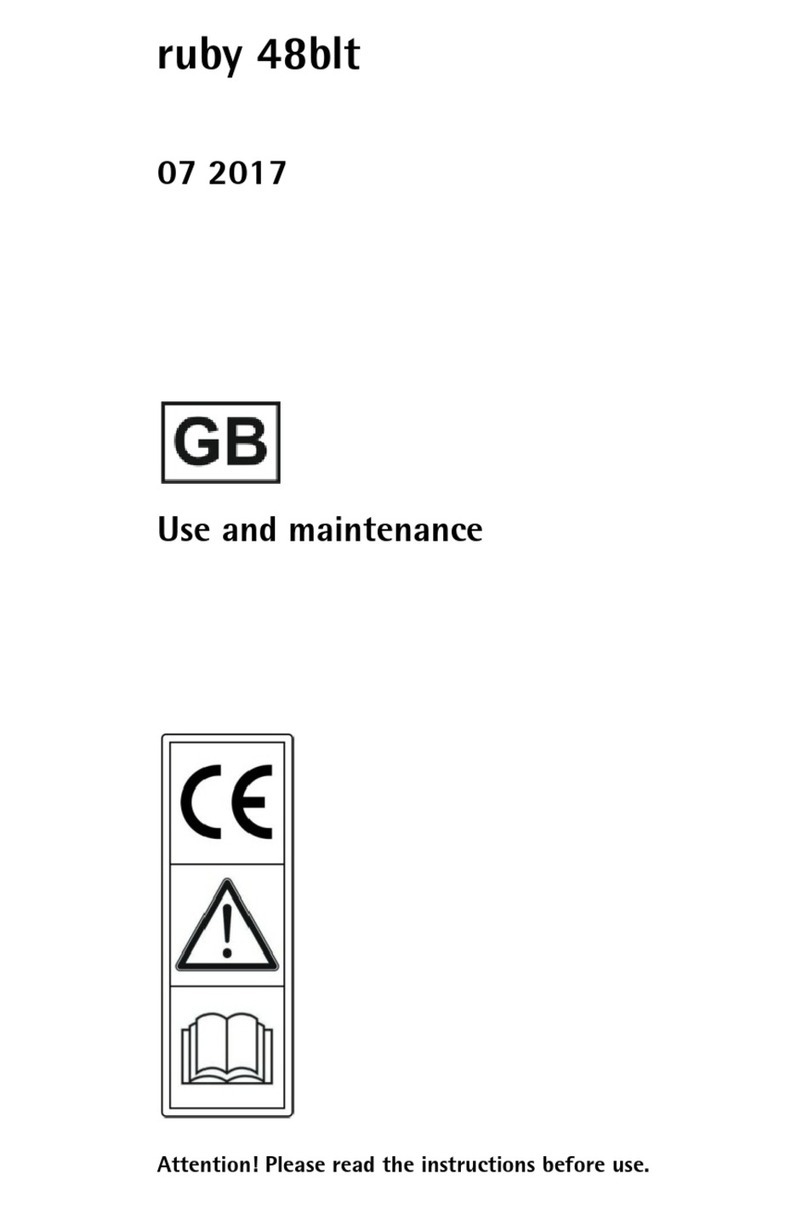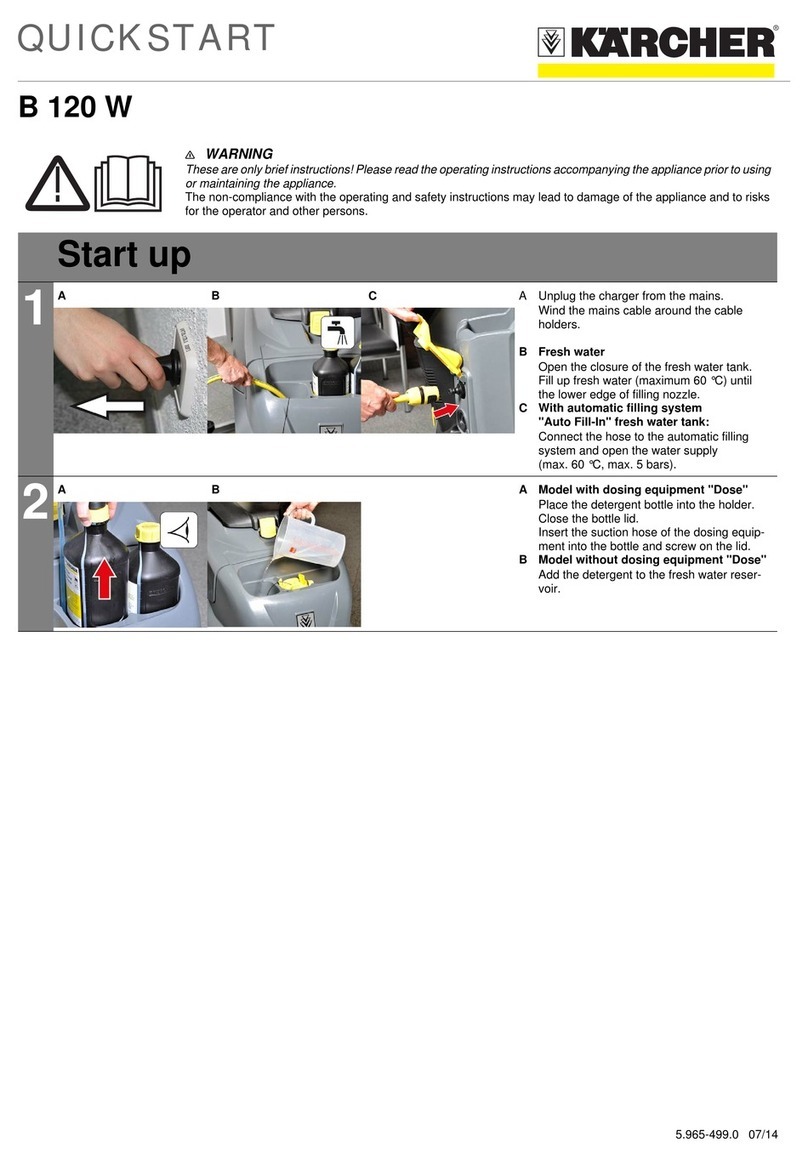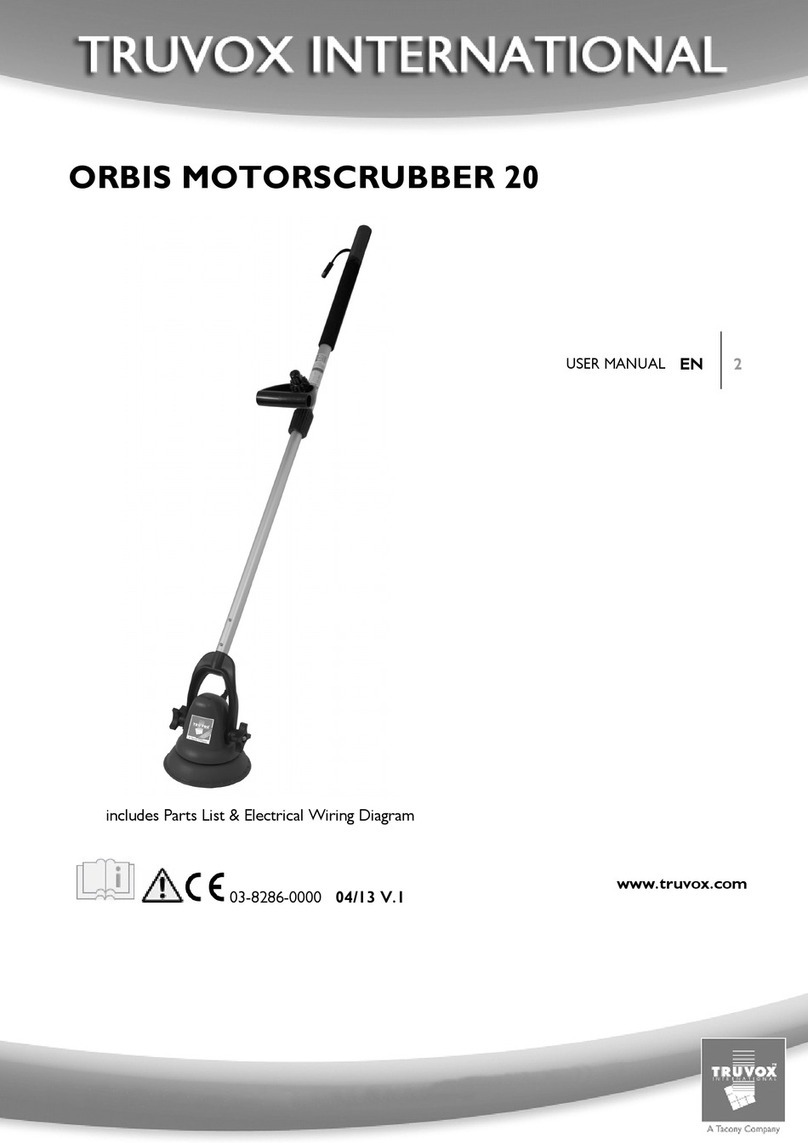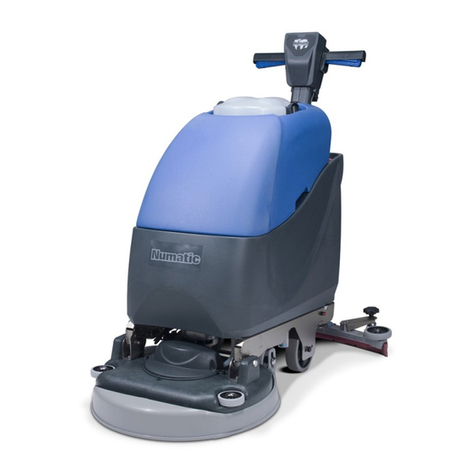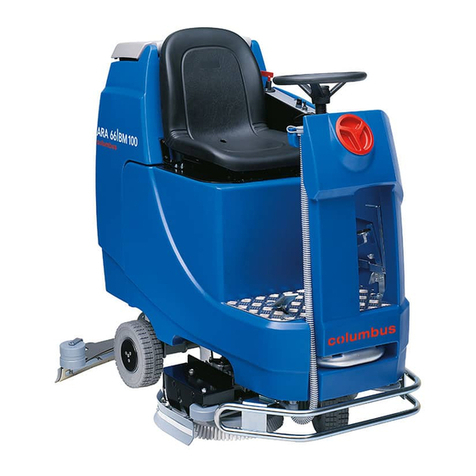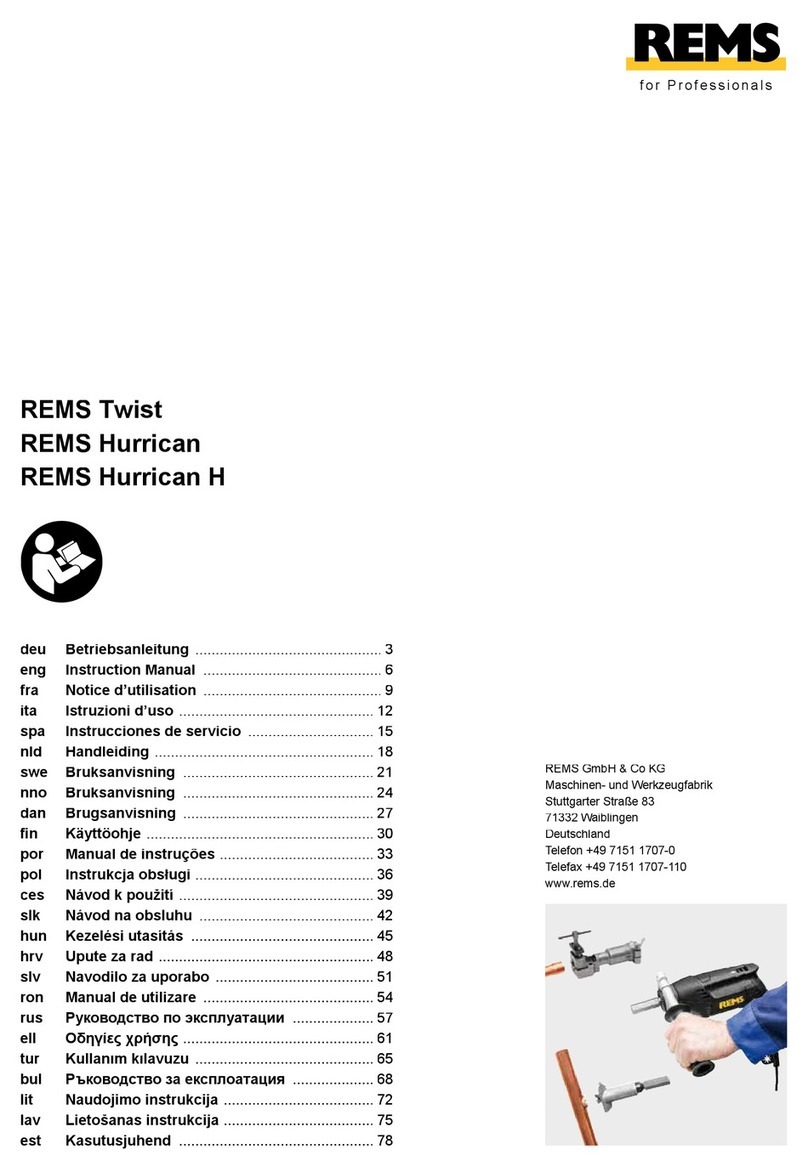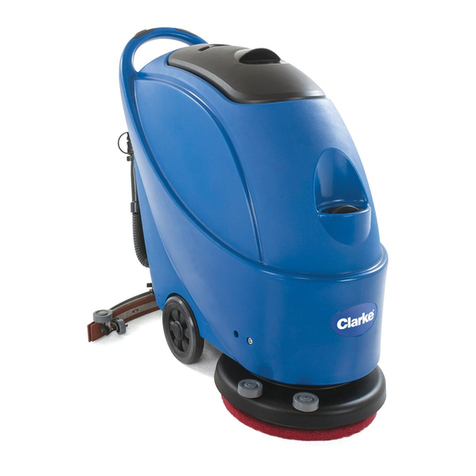3
Introduction:
The Mercurius Active closed loop is intended to perform hydrocarbon botanical extraction within a sealed
system. Rack mounting provides ease of work, eliminating heavy lifting associated with operating large
capacity units of the past. Using a combination of jacketed columns, condensers, and solvent evaporation,
temperatures can be controlled throughout the system to ensure the highest clarity extract is achieved.
Here are some features that make running the Mercurius active so efficient.
•Rack Mounting
•Bi-Directional Solvent flow
•Active Recovery for both collection and material column
•Hot Vapor Loop
•Jacketed collection base
•Dual condensing for efficient recovery
General Uses and Extraction Information
Hydrocarbon extraction is performed by passing an alcane solvent over an organic material to separate
terpenes and other hydrocarbon compounds. Solvent is then distilled to leave the extracted compounds
behind. The Mercurius is an active closed loop, so solvent is moved with a combination of temperature
manipulation, as well as pump assistance. This system is intended to be run with 100% butane (R-600) or iso-
butane (R-600a)***. Solvents always seek the lowest pressure in the system. By chilling the receiving vessel
below the boiling point of the solvent used, the liquid solvent will seek that vessel to reduce its pressure.
***If propane(R-290) is to be used, inline sight glasses must be removed from system.
General Safety Information
When operated and maintained according to the directions in the manual, common practices and safety
procedures, the Mercurius Active system should provide a safe and reliable extraction process. This unit
should be run only in extremely well ventilated areas. If running the unit indoors, it must be operated in areas
approved by local fire marshal, in accordance to local and state laws/ordinances. Always pressure check
system prior to every use. Make sure all gasket seals are cleaned with compatible solvents, and checked for
wear before each use.
